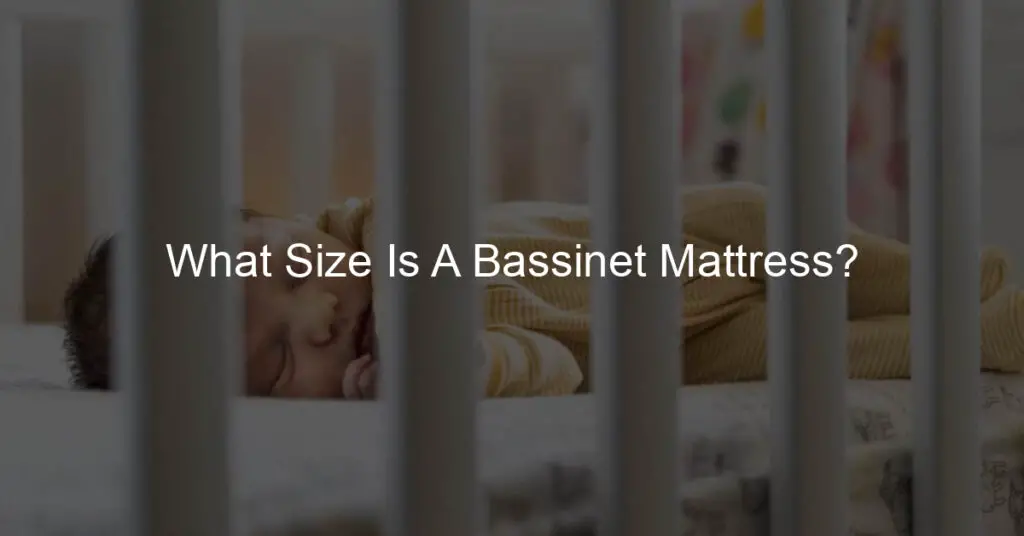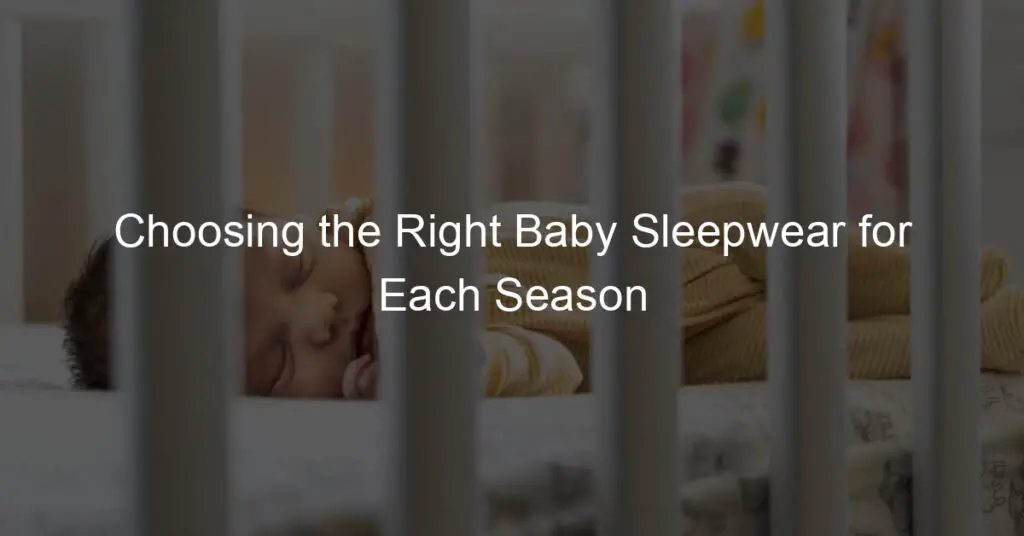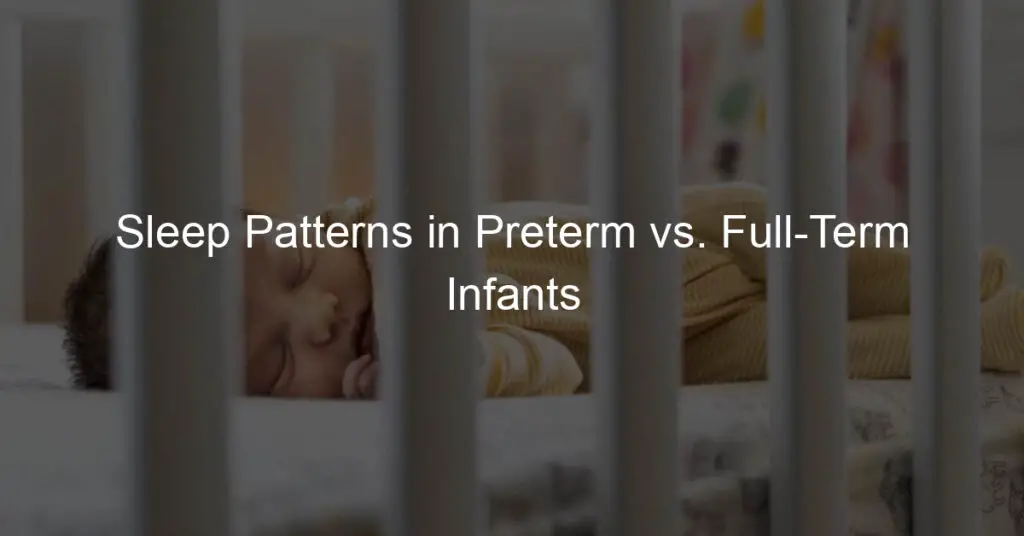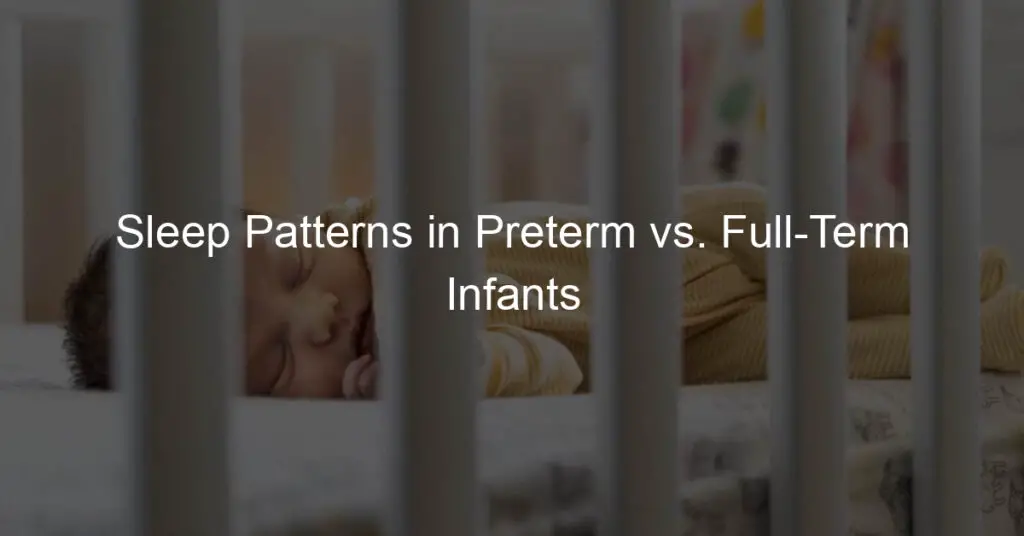Introduction to Bassinet Mattress Size
Choosing the right bassinet mattress size is a crucial decision for every parent. A bassinet mattress is where your newborn will spend a significant amount of their early life, so it’s essential to make the right choice. This article will guide you through the importance of selecting the correct bassinet mattress size and the factors to consider when making this important decision.
-
- Understanding the Importance of the Right Bassinet Mattress Size
The size of the bassinet mattress plays a significant role in your baby’s comfort and safety. A mattress that is too small may not provide enough support, while a mattress that is too large can pose a safety risk. The right size mattress will fit snugly within the bassinet, leaving no gaps where your baby could potentially get stuck. Furthermore, a correctly sized mattress can help promote better sleep for your baby, which is crucial for their growth and development.
-
- Factors to Consider When Choosing a Bassinet Mattress
When choosing a bassinet mattress, there are several factors to consider. These include the size of your bassinet, the firmness of the mattress, the materials used in its construction, and whether it meets safety standards. It’s also important to consider the weight of the mattress, as heavier mattresses can be more difficult to clean and move. Lastly, you should consider your budget, as bassinet mattresses can vary greatly in price.
In the following sections, we will delve deeper into these topics, providing you with all the information you need to make an informed decision about your baby’s bassinet mattress size.
Standard Bassinet Mattress Size
When it comes to the comfort and safety of your newborn, understanding the standard size of a bassinet mattress is crucial. This knowledge will help you make an informed decision when purchasing a bassinet or a mattress for your baby.
-
- Explanation of the standard bassinet mattress size
The standard size for a bassinet mattress typically measures around 15 inches by 30 inches, although some can be slightly smaller or larger. This size is designed to fit most bassinets comfortably, ensuring that your baby has enough space to sleep safely and comfortably. It’s important to note that the mattress should fit snugly within the bassinet, with no gaps that could potentially be a safety hazard.
-
- Why there is a standard size
The reason for having a standard size for bassinet mattresses is primarily for safety reasons. A mattress that is too small for a bassinet could create gaps where a baby could potentially become trapped. On the other hand, a mattress that is too large could be a suffocation risk. The standard size is also designed to provide comfort for your baby, giving them enough space to move and stretch while they sleep. Furthermore, having a standard size makes it easier for parents to find a suitable mattress that fits their chosen bassinet.
In conclusion, the standard bassinet mattress size is designed with the safety and comfort of your baby in mind. When choosing a bassinet or mattress, always ensure that the mattress fits snugly within the bassinet and meets the standard size. This will help to provide a safe and comfortable sleeping environment for your baby.
Variations in Bassinet Mattress Dimensions
When it comes to the comfort and safety of your baby, the size of the bassinet mattress matters. Different brands offer different sizes, and understanding these variations can help you make an informed decision.
Different Brands and their Sizes
Let’s take a look at some popular brands and the sizes of their bassinet mattresses:
- Brand A: Known for its quality and durability, Brand A offers bassinet mattresses that typically measure 16 x 32 inches. This size is suitable for most standard bassinets and provides ample space for your baby to sleep comfortably.
- Brand B: Brand B’s bassinet mattresses are slightly larger, measuring 17 x 33 inches. The extra inch can make a difference in terms of comfort, especially as your baby grows.
- Brand C: If you’re looking for a smaller option, Brand C might be the right choice. Their bassinet mattresses measure 15 x 31 inches, perfect for smaller bassinets or for parents who prefer a more snug fit for their baby.
Remember, the right size depends on your specific needs and the size of your bassinet. Always measure your bassinet before purchasing a mattress to ensure a perfect fit.
Custom Bassinet Mattresses
There are times when the standard bassinet mattress sizes may not meet your specific needs. This is where custom bassinet mattresses come into play. Let’s explore when and why you might need a custom size and how to get one.
-
- When and why you might need a custom size
There are a few scenarios where you might need a custom bassinet mattress. Perhaps you have a bassinet that’s been passed down through generations in your family, and it doesn’t conform to standard sizes. Or maybe you’ve found a unique bassinet design that you love, but it requires a non-standard mattress size. In these cases, a custom mattress is the solution. A custom mattress ensures a perfect fit, providing a safe and comfortable sleeping environment for your baby.
-
- How to get a custom bassinet mattress
Getting a custom bassinet mattress is easier than you might think. Many mattress manufacturers offer custom services. You’ll need to provide them with the exact dimensions of your bassinet. They will then create a mattress that fits perfectly. Remember, it’s crucial to get the measurements right, as a mattress that’s too small can leave gaps that pose safety risks, while one that’s too large won’t fit properly.
Whether you choose a standard or custom size, the most important thing is that your baby’s mattress fits snugly and securely in the bassinet. This ensures your baby’s safety and comfort, leading to better sleep for both of you.
Size of a Bassinet Mattress vs Crib Mattress
When preparing for a new baby, one of the key decisions you’ll need to make is choosing between a bassinet and a crib. One of the main factors to consider is the size of the mattress. Let’s delve into the comparison of bassinet and crib mattress dimensions and the pros and cons of each.
- Comparison of Bassinet and Crib Mattress Dimensions
A standard bassinet mattress typically measures approximately 15 to 18 inches wide and 30 to 32 inches long. On the other hand, a standard crib mattress is usually 28 inches wide and 52 inches long. This difference in size is significant and can impact your decision based on the available space in your home and the comfort of your baby.
- Pros and Cons of Each
Bassinet Mattress:
Pros: Bassinets are compact, portable, and ideal for smaller spaces. They provide a cozy sleeping environment for newborns and are easier to access for nighttime feedings and check-ins.
Cons: The smaller size of a bassinet means it can only be used for a short period. Most babies outgrow their bassinet by 4 to 6 months.
Crib Mattress:
Pros: Cribs are more spacious and can accommodate your child as they grow, from infancy into toddlerhood. They are a long-term investment and offer more stability.
Cons: Cribs are larger and less portable than bassinets. They require more space and may not be as convenient for nighttime care during the early months.
In conclusion, the choice between a bassinet and a crib mattress will largely depend on your personal preferences, space constraints, and the needs of your baby. It’s important to consider both the size and the pros and cons of each option before making a decision.
Understanding Baby Bed Size
When it comes to your baby’s comfort and safety, understanding the size of their bed is crucial. Let’s delve into the standard baby bed size and why it’s important.
Standard Baby Bed Size
The standard baby bed, often referred to as a crib, typically measures 28 inches wide and 52 inches long. This size is considered the industry standard and is regulated by the Consumer Product Safety Commission (CPSC) in the United States.
- Explanation of standard baby bed size: The standard baby bed size is designed to accommodate a standard crib mattress, which is also 28 inches by 52 inches. This size is suitable for most babies from birth until they are ready to transition to a toddler bed, usually around the age of two or when they reach a height of 35 inches.
- Why there is a standard size: The standard baby bed size is not arbitrary. It is based on safety regulations and research to ensure the utmost safety and comfort for your baby. A standard size crib and mattress fit snugly together, leaving no gaps that could potentially endanger your baby. It also provides enough space for your baby to move and grow, but not so much that they could roll over and become trapped.
Remember, the safety of your baby is paramount. Always ensure that your baby’s bed and mattress meet the standard size and safety guidelines.
Variations in Baby Bed Dimensions
When it comes to baby beds, there is no one-size-fits-all solution. The dimensions of baby beds can vary greatly depending on the type of bed and the manufacturer. Understanding these variations can help you make an informed decision when choosing a bed for your baby.
-
- Different types of baby beds and their sizes
There are several types of baby beds available, each with its own set of dimensions. Here are a few examples:
-
-
- Bassinets: These are typically smaller than other baby beds, measuring around 16 to 20 inches wide and 30 to 34 inches long.
- Cribs: Standard cribs usually measure around 28 inches wide and 52 inches long, but there can be variations.
- Portable cribs: These are designed for travel and are usually smaller than standard cribs, with dimensions around 24 inches wide and 38 inches long.
- Toddler beds: These are similar in size to cribs, but are lower to the ground and have safety rails. The dimensions are typically around 28 inches wide and 52 inches long.
- How to choose the right baby bed size
-
Choosing the right baby bed size depends on several factors:
-
- Space: Consider the size of the room where the bed will be placed. A larger bed may not fit in a small room, while a smaller bed may look out of place in a large room.
- Age and size of the baby: Newborns and small infants can comfortably sleep in a bassinet, but as they grow, they will need a larger bed like a crib or toddler bed.
- Use: If you travel frequently, a portable crib may be a good choice. If you want a bed that will grow with your child, consider a convertible crib that can be transformed into a toddler bed.
Remember, the most important factor is your baby’s safety and comfort. Always ensure the bed you choose meets safety standards and is appropriate for your baby’s age and size.
Key Takeaways: Bassinet Mattress Measurements
-
- Importance of Correct Bassinet Mattress Size
The size of your bassinet mattress is crucial for your baby’s safety and comfort. A mattress that is too small can leave gaps where a baby could potentially get stuck, while a mattress that is too large may not fit properly in the bassinet, causing it to bunch up and pose a suffocation risk. Additionally, the right size mattress also ensures your baby gets a good night’s sleep, which is essential for their growth and development.
-
- Understanding Standard Sizes and Variations
Standard bassinet mattress sizes typically range from 15″ x 30″ to 16″ x 32″. However, there are variations depending on the brand and model of the bassinet. Some bassinets may require oval or round mattresses, while others may need smaller or larger sizes. It’s important to check the specific requirements of your bassinet to ensure you get the right size mattress.
-
- Choosing the Right Size for Your Needs
When choosing a bassinet mattress, consider the size of your bassinet and the space available in your home. If you have a smaller space, a smaller bassinet and mattress might be a better fit. Also, consider your baby’s size and growth rate. A larger mattress might be a better investment as it could potentially be used longer as your baby grows. Always measure your bassinet before purchasing a mattress to ensure a snug and safe fit.
Case Study: Choosing the Right Newborn Bassinet Mattress Size
Choosing the right bassinet mattress size for your newborn can be a daunting task. Let’s delve into a real-life case study of parents who have navigated this journey and the lessons they have learned along the way.
-
- Parents’ experience with choosing a bassinet mattress
Meet Sarah and John, first-time parents who were overwhelmed by the variety of bassinet mattresses available in the market. They initially bought a standard size mattress, only to realize that it didn’t fit their bassinet. After researching and consulting with experts, they found out that bassinet sizes vary, and it’s crucial to measure the bassinet before purchasing a mattress. They finally opted for a custom-sized mattress that perfectly fit their bassinet.
-
- Lessons learned and advice for other parents
From their experience, Sarah and John learned the importance of measuring their bassinet before purchasing a mattress. They advise other parents to not just rely on the standard sizes but to take the time to measure their bassinet’s interior. They also recommend investing in a high-quality mattress that provides the right amount of firmness for the baby’s safety and comfort.
In conclusion, choosing the right bassinet mattress size is not as straightforward as it seems. It requires careful measurement and consideration of the bassinet’s interior dimensions. Remember, the safety and comfort of your newborn should be your top priority when making this decision.
Conclusion: Decoding the Dimensions of a Bassinet Mattress
In this comprehensive guide, we have explored the dimensions of a bassinet mattress, its variations, and how it compares to a crib mattress. We’ve also delved into understanding baby bed sizes and provided key takeaways on bassinet mattress measurements. Let’s recap the main points and share some final thoughts on choosing the right bassinet mattress.
-
- Recap of Key Points
We began by introducing the standard size of a bassinet mattress, which typically measures 15 inches by 30 inches or 16 inches by 32 inches. However, we also highlighted that there are variations in these dimensions, depending on the brand and model of the bassinet.
We then compared the size of a bassinet mattress to a crib mattress, emphasizing that bassinet mattresses are smaller and more compact, making them ideal for newborns and small infants.
Our discussion on understanding baby bed sizes underscored the importance of choosing a mattress that fits snugly within the bassinet or crib, leaving no gaps that could pose a safety risk to your baby.
Through a case study, we demonstrated how to choose the right newborn bassinet mattress size, taking into account factors such as the size of your baby, the size of your bassinet, and the firmness of the mattress.
-
- Final Thoughts on Choosing a Bassinet Mattress
Choosing the right bassinet mattress is crucial for your baby’s comfort and safety. Always ensure that the mattress fits snugly within the bassinet, leaving no gaps. Opt for a firm mattress that supports your baby’s developing spine. Remember, a good night’s sleep is essential for your baby’s growth and development.
Finally, always check the dimensions of the bassinet mattress before making a purchase. While standard sizes are available, variations do exist. Therefore, it’s always a good idea to measure your bassinet and compare it with the mattress dimensions.
We hope this guide has been helpful in decoding the dimensions of a bassinet mattress and guiding you in making the right choice for your little one. Sweet dreams!














